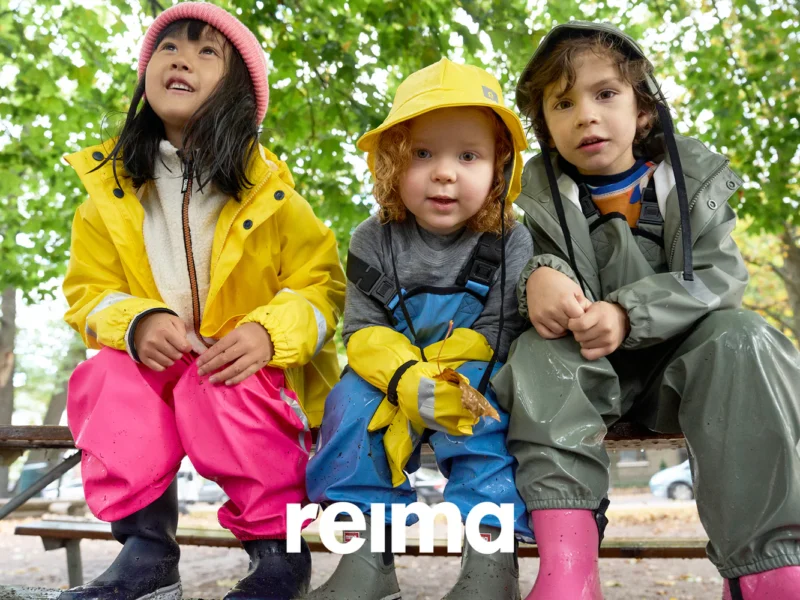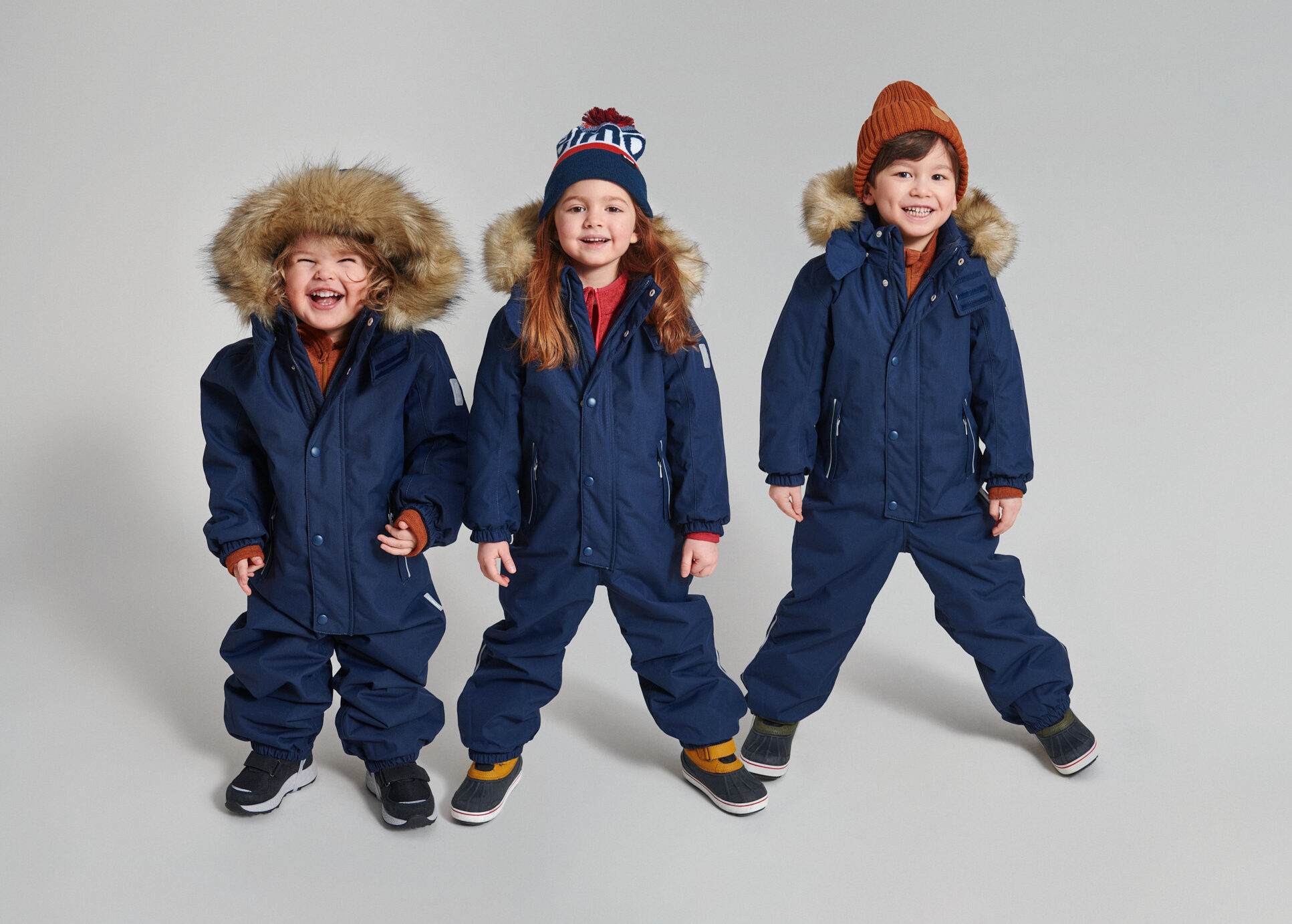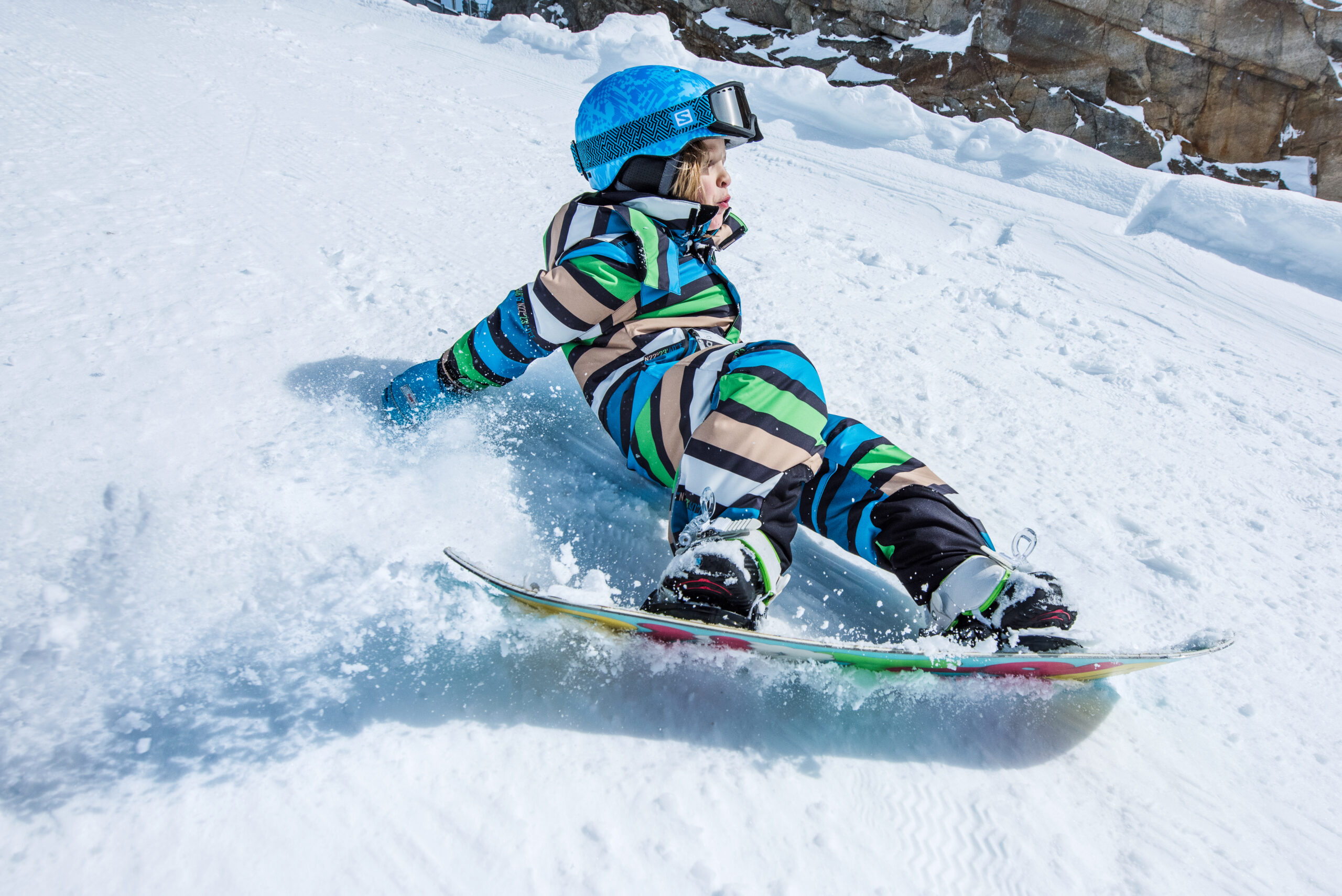The sizes in the size chart refer to the child, not the clothing. To compare your child’s measurements with our size charts, measure your child, not their clothes. Take your child’s measurements while they are wearing thin indoor clothing. Hands and head should be measured without gloves and hats.
Size charts are available for hats, gloves, clothes, and shoes.
- Chest circumference: Measure around the widest part of the chest.
- Waist circumference: Measure around the narrowest part of the waist.
- Hip circumference: Measure around the widest part of the hips.
- Foot length: While standing straight, measure from the heel to the longest toe.
- Foot width: Measure across the widest part of the foot.
- Head circumference: Measure around the widest part of the head.
- Arm length: Measure from the shoulder to the wrist.
How to Choose the Right Size?
Children feel comfortable and secure in the right-sized clothes. Clothes that are too tight restrict their ability to play and climb freely. Clothes that are too long or large can hinder movement and pose a tripping hazard. Outerwear should be suitably roomy to allow for layering and to trap air for warmth.
- Try clothes on before purchasing: Fits can vary. Our collection includes both looser and tighter-fitting clothes. Additionally, children’s body shapes differ.
- Bend test: Ask your child to bend forward – the back of overalls should not be too tight, and there should be enough room from the crotch to the neck.
- Arm test: Ask your child to raise their arms sideways – the sleeve length is correct if the wrists are covered by the sleeves.
- Pant legs: If the pant legs are too wrinkled, choose a smaller size or adjust the waist of the overalls. The ends of the pant legs usually have elastic bands or adjustment systems to prevent them from dragging underfoot.
- Roominess: If the length of the garment is correct but more room is needed around the stomach or shoulders, choose a looser fit or a larger size.
How Long Will the Garment Fit My Child?
Reima® clothes have a growth allowance of approximately 6 cm. If your child is around 104 cm tall and has a slim or average build in the fall, size 104 should fit throughout the winter. Occasionally, children experience rapid growth spurts, in which case a larger garment may be needed.
Keep in Mind
- When shopping online, you always have the option to return products.
- If you have any questions, feel free to contact our customer service, who are ready to help and advise you in making the best choice.



